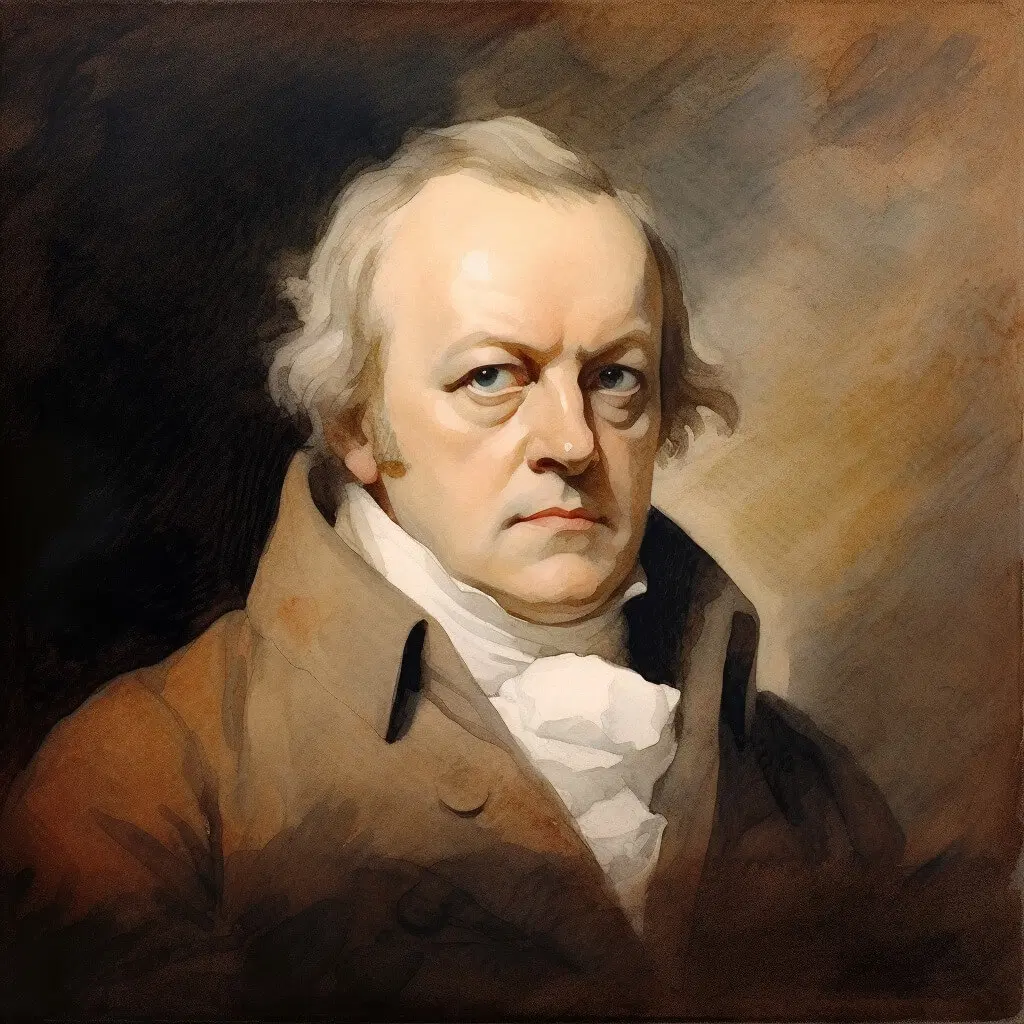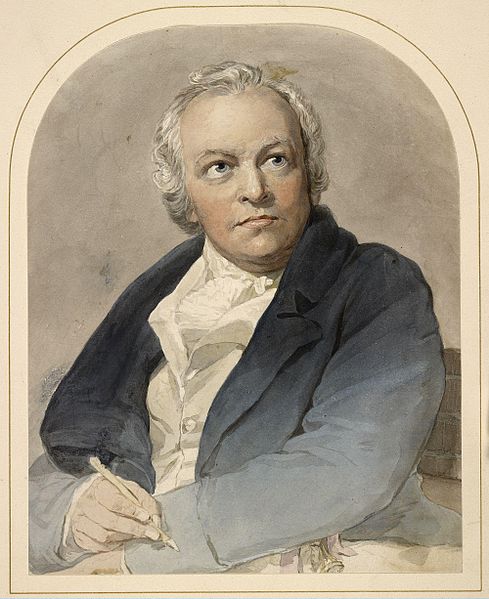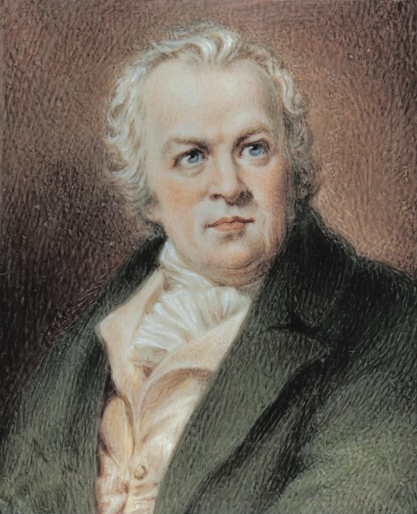Biography
William Blake’s ‘The Blossom’: A Lyrical Masterpiece Celebrating Innocence, Nature, and Life’s Eternal Cycles
William Blake, an 18th-century English poet, is well-known not only as a poet but also as a painter and printmaker. He is famous for his mystical and visionary works that go beyond conventional art and poetry.

One of his powerful creations is “The Blossom,” a short poem from his collection “Songs of Innocence.” In this article, we will explore the meaning of this lyrical masterpiece, its themes, imagery, and emotions.
The Structure of “The Blossom”
“The Blossom” is composed of two sestets, which are six-lined stanzas, and each follows an ABSAAC rhyme scheme.
“The Blossom” as an Emblem of Innocence
This poem represents Blake’s fascination with innocence, a recurring theme in his works. In “The Blossom,” he vividly depicts the innocence of nature and its profound connection to human life. The poem begins with the lines:
SEE ALSO – Where Is James Daniel Sundquist: Has Jimi Hendrix’s Son Really Become A Nicole?
“Merry, merry sparrow! Under leaves so green
A happy blossom
Sees you, swift as arrow,
Seek your cradle narrow,
Near my bosom.”

These lines establish the foundation for the poem, with the “happy blossom” symbolizing the purity and joy of nature, and the sparrow representing the observer or poet. The relationship between the blossom and the sparrow reflects the harmonious connection between humanity and unspoiled nature.
The Cycle of Life and Renewal
As the poem unfolds, Blake’s words depict the cycle of life and renewal in the natural world:
“Pretty, pretty robin! Under leaves so green
A happy blossom
Hears you sobbing, sobbing,
Pretty, pretty robin,
Near my bosom.”
Here, the robin’s “sobbing” suggests the fleeting and melancholic nature of life, while the “happy blossom” stands as an unwavering witness to these brief moments. This closeness of life and death, joy and sorrow, reveals Blake’s profound understanding of the human condition and the cyclicality of existence

Innocence and Experience
It’s important to consider “The Blossom” within the context of Blake’s larger body of work. This poem is part of “Songs of Innocence,” a collection that contrasts with its counterpart, “Songs of Experience.” These collections explore the duality of human nature and society, with “Innocence” representing purity and “Experience” reflecting the harsh realities and corruption of the world.
“The Blossom” can be seen as a celebration of the innocence present in nature, a purity that Blake believed could counterbalance the darker aspects of life portrayed in “Experience.” The poem conveys the idea that embracing the beauty and simplicity of nature can offer solace and peace amid the complexities of human existence.
Conclusion
William Blake’s “The Blossom” is a poetic gem that speaks about the essence of innocence, the beauty of nature, and the cyclical nature of life.
Through its lyrical verses and vivid imagery, the poem invites readers to contemplate the profound connection between humanity and the natural world.
“The Blossom” remains a testament to Blake’s visionary talent and his ability to convey deep philosophical and spiritual insights through the simplicity of his words.
As we immerse ourselves in the splendor of “The Blossom,” we are reminded of the enduring power of poetry and art to touch the soul and elevate the human spirit.

Pingback: Unmasking the Teresa Fidalgo: The Viral Social Media Hoax or Not | vuzacast